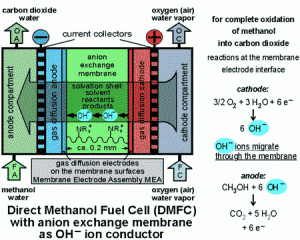Innovation is high on the EU agenda, and the European Research Council (ERC) is helping secure this target by introducing a new funding initiative called ‘Proof of Concept’. Under this new initiative, funded under the Seventh Framework Programme (FP7), researchers who have already secured ERC grants could receive up to EUR 150,000 each to bring their research much closer to market.
The ERC, Europe’s funding body designed to support investigator-driven frontier research, is fuelling scientific excellence by encouraging researchers to think outside the box and take their projects to levels they would not have considered before.
Thanks to the support provided to researchers, which include scientists, scholars and engineers, the ERC and its latest initiative will help extend the objective of the EU’s Innovation Union, one of the seven flagship initiatives of the Europe 2020 strategy for a sustainable, smart and inclusive economy. The Innovation Union will not only strengthen Europe’s foothold on the global science stage, but will break down walls that currently hinder innovation and bridge any gaps that impact the public and private sectors.
From a market perspective, the ERC is central for fostering commercial and societal application opportunities, ensuring the full exploitation of the fresh and pioneering research it funds.
With its latest initiative, the ERC is giving grant holders the chance to apply for more funding in order to turn their frontier research ideas into a reality. Under the Proof of Concept initiative, the researchers could use the extra funding for activities such as market research, technical validation, and commercial and business opportunity analysis.
Proof of Concept will help the ERC grant holders prepare and present a ‘package’ to venture capitalists or enterprises that could potentially invest in the innovative technology and take it through the early commercialisation phase.
Valued at EUR 10 million, the first Proof of Concept call was published on 29 March; deadlines are in June and November 2011. The EU expects to continue funding in 2012. Principal investigators that are current ERC grant holders or whose grants ended less than 12 months before the publication data of this call can submit proposals. The funding is for up to one year per grant.
For more information, please visit:
European Research Council:
http://erc.europa.eu
To review some ERC-funded projects from previous calls, click:
here


